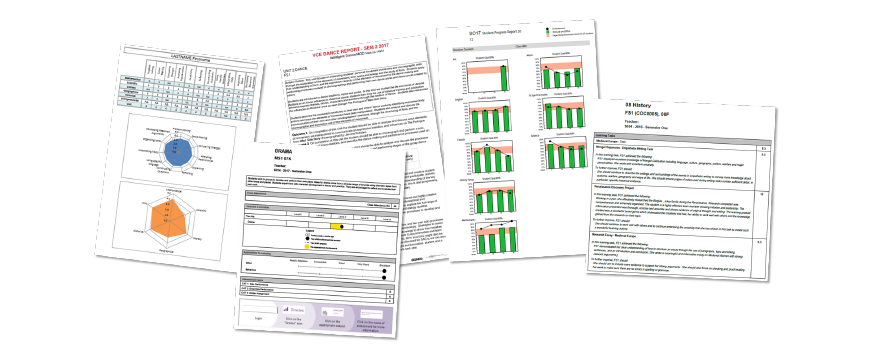Publication Date
5-2018
Subjects
Measurement, Measures, Academic achievement, Statistics, Education systems, Equal education, Educational indicators, Monitoring (Assessment), Primary secondary education
Abstract
Measurement of learning achievement is essential to monitor how well education systems are delivering on the promise of universal quality education. This promise is reflected in the United Nations Sustainable Development Goal (SDG) Number 4 (Target 4.1): By 2030, ensure that all girls and boys complete free, equitable and quality primary and secondary education leading to relevant and effective learning outcomes. Goal 4 can only be meaningful if there is a shared global understanding of quality education, and relevant and effective learning. The various indicators associated with SDG Target 4.1 attempt to translate its key constructs into measurable outcomes against which education systems can demonstrate progress. These indicators also require a shared international understanding of their meaning, if they are to inform global efforts to improve the quality of education for all children. The work described in this paper supports monitoring against one such indicator: Indicator 4.1.1: Proportion of children and young people: (a) in grades 2/3; (b) at the end of primary; and (c) at the end of lower secondary achieving at least a minimum proficiency level in (i) reading and (ii) mathematics, by sex.
Recommended Citation
Australian Council for Educational Research (ACER). (2018). The UNESCO Institute for Statistics Reporting Scales: Concept note. Australian Council for Educational Research (ACER). https://research.acer.edu.au/monitoring_learning/37
Copyright Statement
Copyright Australian Council for Educational Research 2018
Place of Publication
Melbourne, Australia
Publisher
Australian Council for Educational Research (ACER)
Included in
Educational Assessment, Evaluation, and Research Commons, International and Comparative Education Commons


